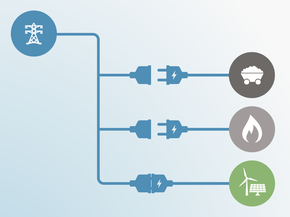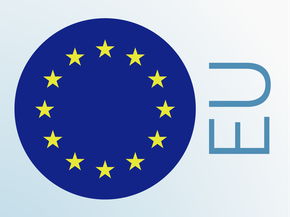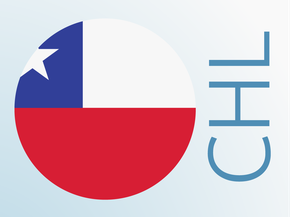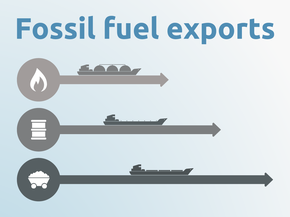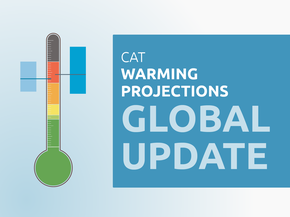Country summary
Overview
While Morocco’s unconditional NDC pledge, if achieved, would begin to slow the growth of emissions, Morocco conditionally proposes to go much further, by halting growth in GHG emissions. Planned mitigation actions under the National Energy Strategy, which aims to achieve Morocco’s NDC, include the implementation of an ambitious 42% target of installed electricity production capacity from renewable sources by 2020, increasing to 52% by 2030. Recent developments show that Morocco is on track to meet its 2020 renewable energy targets and is at an advanced planning stage to meet its 2030 renewable energy targets. We rate Morocco’s NDC “1.5°C Paris Agreement compatible”.
On 21 September 2016, Morocco ratified the Paris Agreement, and submitted its Nationally Determined Contribution (NDC), with a target of reducing GHG emissions including land use, land use change and forestry (LULUCF) by 17% below business as usual (BAU) by 2030.1 With sufficient international support, Morocco aims to further decrease emissions by 42% below BAU by 2030.2
We calculate the absolute GHG emissions level, excluding LULUCF emissions, resulting from the unconditional and conditional NDC emission reduction targets in 2030 to be 142 MtCO2e and 103 MtCO2e, respectively. The “1.5°C Paris Agreement compatible” rating indicates that Morocco’s climate commitment in 2030 is consistent with holding warming well below 2°C, and limiting warming to 1.5°C. Morocco’s commitment does not require other countries to make comparably deeper reductions or greater effort, and is in the most stringent part of its fair share range.
Morocco’s NDC submission includes detailed information on activities currently under implementation and planned measures to achieve its unconditional and conditional NDC targets. Most prominently, the NDC builds upon the National Energy Strategy to significantly extend the production capacity for renewable electricity. Under the National Energy Strategy, Morocco pursues an ambitious target to increase the share of installed electricity production capacity from renewable sources to 42% in 2020 and to 52% in 2030. The CAT has assessed in detail the impact of mitigation actions currently under implementation for Morocco. We find Morocco very close to meeting its unconditional NDC targets under current policies due to the ambitious capacity extension of solar, wind and hydro energy. However, it would certainly need to implement additional policies to reach its conditional NDC target by 2030. If the CAT were to rate Morocco’s projected emissions levels in 2030 under current policies, we would rate Morocco “2°C compatible.”
In comparison to Morocco’s INDC submitted on 5 June 2015 (Government of Morocco 2015), the NDC raises ambition in intended emissions reductions—both under the unconditional and conditional target—by explicitly including additional emissions reduction contributions from agriculture, forestry and other land use (AFOLU). The NDC further specifies which measures will be undertaken to achieve its unconditional (24 measures) and conditional (an additional 31 measures) NDC targets and thus increases transparency on Morocco’s emissions reduction efforts. Interestingly to note, both NDC and INDC refer to the exact same BAU emissions projections until 2030, although the 1st Biennial Update Report and the 3rd National Communication both slightly revised the BAU scenario downward in the meantime (Government of Morocco 2016a, 2016c).
1 | Excluding emissions reduction contributions from agriculture, forestry and other land use (AFOLU), Morocco targets to unconditionally reduce GHG emissions by 13%.
2 | Excluding emissions reduction contributions from agriculture, forestry and other land use (AFOLU), Morocco targets to conditionally decrease GHG emissions by 34%.
Further analysis
Latest publications
Stay informed
Subscribe to our newsletter
